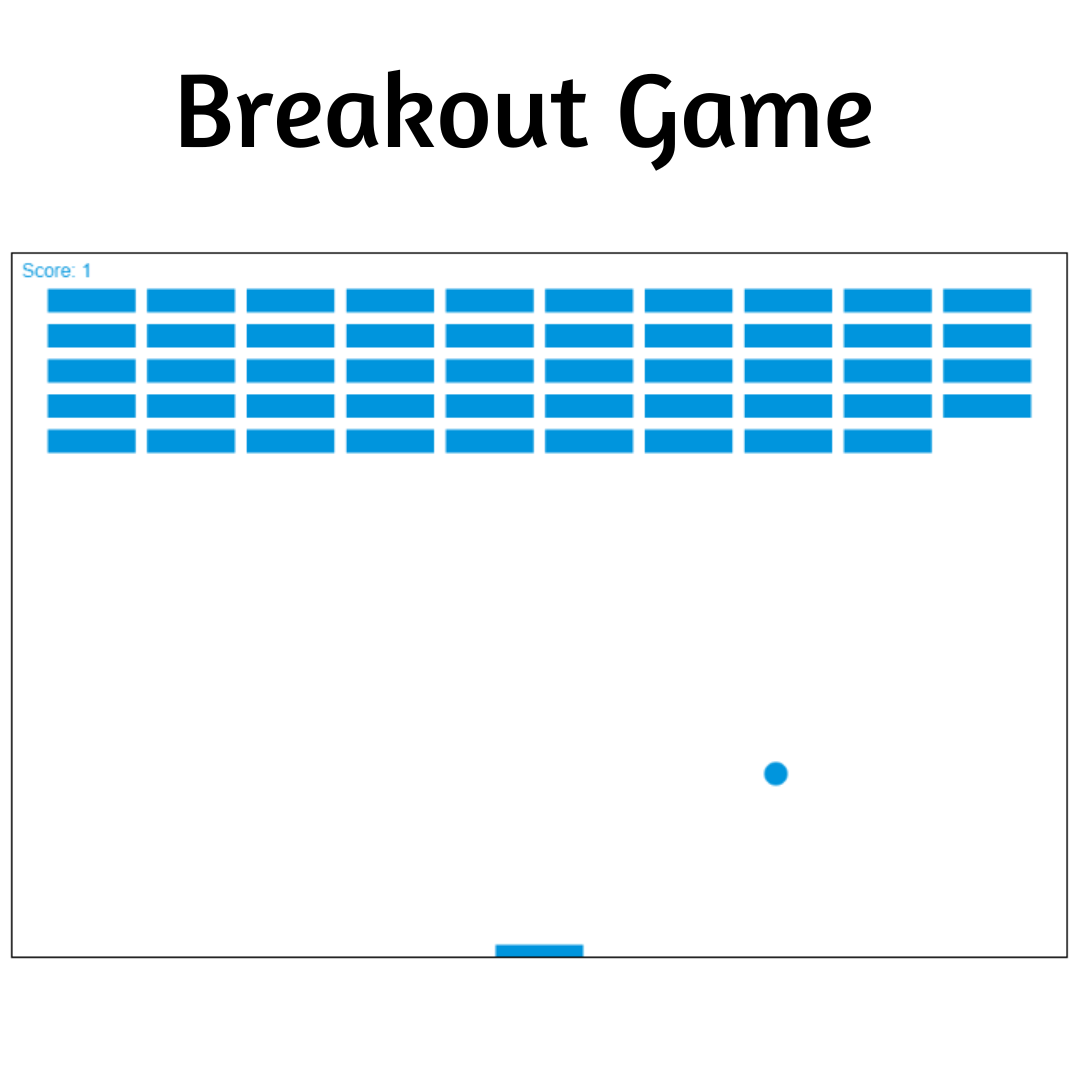Learn how to compose music using AI and Python with our step-by-step guide. Discover the tools, libraries, and techniques to get started. Perfect for beginners and advanced users.

Table of Contents
- Introduction
- What is AI Music Composition?
- Understanding the magenta.music Library
- Setting Up Your Environment
- Full AI-based Music Composer Source Code
- Explanation of AI-based Music Composer Source Code
- Conclusion
- FAQs
1. Introduction
Have you ever wondered how artificial intelligence (AI) can create music? With the rapid advancement of technology, AI is making waves in the music industry, creating compositions that are both innovative and inspiring. One of the key tools for this is the Magenta library in Python. This article will guide you through the process of using magenta to compose your own AI-generated music.
2. What is AI Music Composition?
AI music composition involves using algorithms and machine learning to create music. This can range from generating simple melodies to complex, multi-instrumental pieces. Historically, music composition has been a human-dominated field, requiring years of training and creativity. AI changes the game by analyzing vast amounts of musical data to create compositions that mimic human creativity.
3. Understanding the magenta.music Library
The magenta.music library, part of the Magenta project by Google, is designed to facilitate the creation of music and art using machine learning. This library offers tools for generating, processing, and manipulating music, making it an excellent choice for both beginners and advanced users interested in AI music composition.
Key Features and Benefits
- Comprehensive Tools: Includes utilities for music generation, note sequence manipulation, and more.
- Open Source: Freely available and supported by a community of developers.
- Integration: Easily integrates with other Python libraries and tools for a seamless workflow.
4. Setting Up Your Environment
Before diving into AI music composition, you'll need to set up your environment. Here’s what you need:
Required Software and Libraries
- Python (version 3.6 or later)
- Magenta library
- TensorFlow
Installation Guide for Magenta
- Install Python: Ensure Python is installed on your system. You can download it from python.org.
- Install TensorFlow: Use pip to install TensorFlow:
pip install tensorflow
- Install Magenta:
pip install magenta
5. Full AI-based Music Composer Source Code
import os
import magenta.music as mm
from magenta.models.melody_rnn import melody_rnn_sequence_generator
# Set the directory to save the generated MIDI files
output_dir = 'generated_music'
os.makedirs(output_dir, exist_ok=True)
# Initialize the Melody RNN model
model_name = 'attention_rnn'
melody_rnn = melody_rnn_sequence_generator.MelodyRnnSequenceGenerator(
model_name=model_name)
# Set the temperature for music generation (higher values lead to more randomness)
temperature = 1.0
# Set the number of music pieces to generate
num_music_pieces = 3
# Set the number of steps per music piece
steps_per_music_piece = 128
# User input for preferred genre and tempo
preferred_genre = input(
"Enter your preferred genre (e.g., classical, jazz, rock): ")
preferred_tempo = int(input("Enter your preferred tempo (BPM): "))
# Chord progression for the chosen genre (you can add more genres and progressions)
chord_progressions = {
"classical": ["C", "Am", "F", "G"],
"jazz": ["Cmaj7", "Dm7", "Em7", "A7"],
"rock": ["C", "G", "Am", "F"],
}
# Basic drum pattern for accompaniment
drum_pattern = mm.DrumTrack(
# Kick drum and Hi-hat pattern (adjust as needed)
[36, 0, 42, 0, 36, 0, 42, 0],
start_step=0,
steps_per_bar=steps_per_music_piece // 4,
steps_per_quarter=4,
)
# Generate music pieces
for i in range(num_music_pieces):
# Generate a melody sequence
melody_sequence = melody_rnn.generate(
temperature=temperature,
steps=steps_per_music_piece,
primer_sequence=None
)
# Add chords to the melody sequence based on the preferred genre
chords = [chord_progressions.get(preferred_genre, ["C"])[i % len(
chord_progressions.get(preferred_genre, ["C"]))] for i in range(steps_per_music_piece)]
chord_sequence = mm.ChordSequence(chords)
melody_with_chords_sequence = mm.sequences_lib.concatenate_sequences(
melody_sequence, chord_sequence)
# Create a MIDI file from the melody with chords sequence and drum pattern
music_sequence = mm.sequences_lib.concatenate_sequences(
melody_with_chords_sequence, drum_pattern)
music_sequence.tempos[0].qpm = preferred_tempo
midi_file = os.path.join(output_dir, f'music_piece_{i + 1}.mid')
mm.sequence_proto_to_midi_file(music_sequence, midi_file)
print(f'Music piece {i + 1} generated and saved as {midi_file}')
print('Music generation complete!')
6. Explanation of AI-based Music Composer Source Code
Here’s a detailed explanation of the code:
Import Statements and Directory Setup
import os import magenta.music as mm from magenta.models.melody_rnn import melody_rnn_sequence_generator # Set the directory to save the generated MIDI files output_dir = 'generated_music' os.makedirs(output_dir, exist_ok=True)
Imports:
- os: Standard library for interacting with the operating system.
- magenta.music as mm: Imports Magenta’s music module for music manipulation.
- melody_rnn_sequence_generator: Imports the MelodyRNN model from Magenta.
Directory Setup:
- Creates a directory named generated_music to store the generated MIDI files.
Initialize the Melody RNN Model
# Initialize the Melody RNN model
model_name = 'attention_rnn'
melody_rnn = melody_rnn_sequence_generator.MelodyRnnSequenceGenerator(
model_name=model_name)
Model Initialization:
- Initializes the MelodyRNN model with the specified model name (attention_rnn).
Set Parameters for Music Generation
# Set the temperature for music generation (higher values lead to more randomness) temperature = 1.0 # Set the number of music pieces to generate num_music_pieces = 3 # Set the number of steps per music piece steps_per_music_piece = 128
Parameters:
temperature: Controls the randomness of the generated music (higher values mean more randomness).num_music_pieces: Number of music pieces to generate.steps_per_music_piece: Number of steps (notes) in each music piece.
User Input for Genre and Tempo
# User input for preferred genre and tempo
preferred_genre = input(
"Enter your preferred genre (e.g., classical, jazz, rock): ")
preferred_tempo = int(input("Enter your preferred tempo (BPM): "))
User Inputs:
- Prompts the user to input their preferred music genre and tempo in beats per minute (BPM).
Chord Progressions and Drum Pattern
# Chord progression for the chosen genre (you can add more genres and progressions)
chord_progressions = {
"classical": ["C", "Am", "F", "G"],
"jazz": ["Cmaj7", "Dm7", "Em7", "A7"],
"rock": ["C", "G", "Am", "F"],
}
# Basic drum pattern for accompaniment
drum_pattern = mm.DrumTrack(
# Kick drum and Hi-hat pattern (adjust as needed)
[36, 0, 42, 0, 36, 0, 42, 0],
start_step=0,
steps_per_bar=steps_per_music_piece // 4,
steps_per_quarter=4,
)
Chord Progressions:
- Defines chord progressions for different genres (classical, jazz, rock).
Drum Pattern:
- Sets a basic drum pattern using kick drum (note 36) and hi-hat (note 42).
Generate Music Pieces
# Generate music pieces
for i in range(num_music_pieces):
# Generate a melody sequence
melody_sequence = melody_rnn.generate(
temperature=temperature,
steps=steps_per_music_piece,
primer_sequence=None
)
# Add chords to the melody sequence based on the preferred genre
chords = [chord_progressions.get(preferred_genre, ["C"])[i % len(
chord_progressions.get(preferred_genre, ["C"]))] for i in range(steps_per_music_piece)]
chord_sequence = mm.ChordSequence(chords)
melody_with_chords_sequence = mm.sequences_lib.concatenate_sequences(
melody_sequence, chord_sequence)
# Create a MIDI file from the melody with chords sequence and drum pattern
music_sequence = mm.sequences_lib.concatenate_sequences(
melody_with_chords_sequence, drum_pattern)
music_sequence.tempos[0].qpm = preferred_tempo
midi_file = os.path.join(output_dir, f'music_piece_{i + 1}.mid')
mm.sequence_proto_to_midi_file(music_sequence, midi_file)
print(f'Music piece {i + 1} generated and saved as {midi_file}')
print('Music generation complete!')
Loop for Music Generation: Loops through the number of music pieces to generate:
- Generates a melody sequence using the MelodyRNN model.
- Creates a chord sequence based on the preferred genre and adds it to the melody.
- Combines the melody and chord sequence with the drum pattern.
- Sets the tempo of the music sequence to the preferred tempo.
- Saves the generated music sequence as a MIDI file in the specified directory.
- Prints a message indicating the successful generation and saving of each music piece.
Completion Message:
- Prints a message indicating that the music generation process is complete.
7. Conclusion
AI-based music composition using the magenta library is an exciting frontier in the world of music. From generating simple melodies to crafting complex compositions, this tool empowers both novice and experienced musicians to explore new creative possibilities. As we continue to refine these technologies, the future of music promises to be more innovative and inclusive than ever before.
8. FAQs
Q1. What is magenta.music?
Magenta.music is a Python library by Google designed for music and art generation using machine learning.
Q2. Do I need to know music theory to use magenta?
While basic knowledge of music theory helps, magenta provides tools that simplify the composition process.
Q3. Can AI compose music as well as humans?
AI can generate impressive compositions, but human creativity and emotion still play a crucial role in music.
Q4. How can I integrate magenta with my DAW?
You can export compositions as MIDI files and import them into DAWs like Ableton Live or FL Studio.
Q5. What are the ethical concerns with AI-generated music?
Key concerns include copyright ownership, attribution, and the impact on traditional composers.
That’s a wrap!
I hope you enjoyed this article
Did you like it? Let me know in the comments below 🔥 and you can support me by buying me a coffee.
And don’t forget to sign up to our email newsletter so you can get useful content like this sent right to your inbox!
Thanks!
Faraz 😊


























